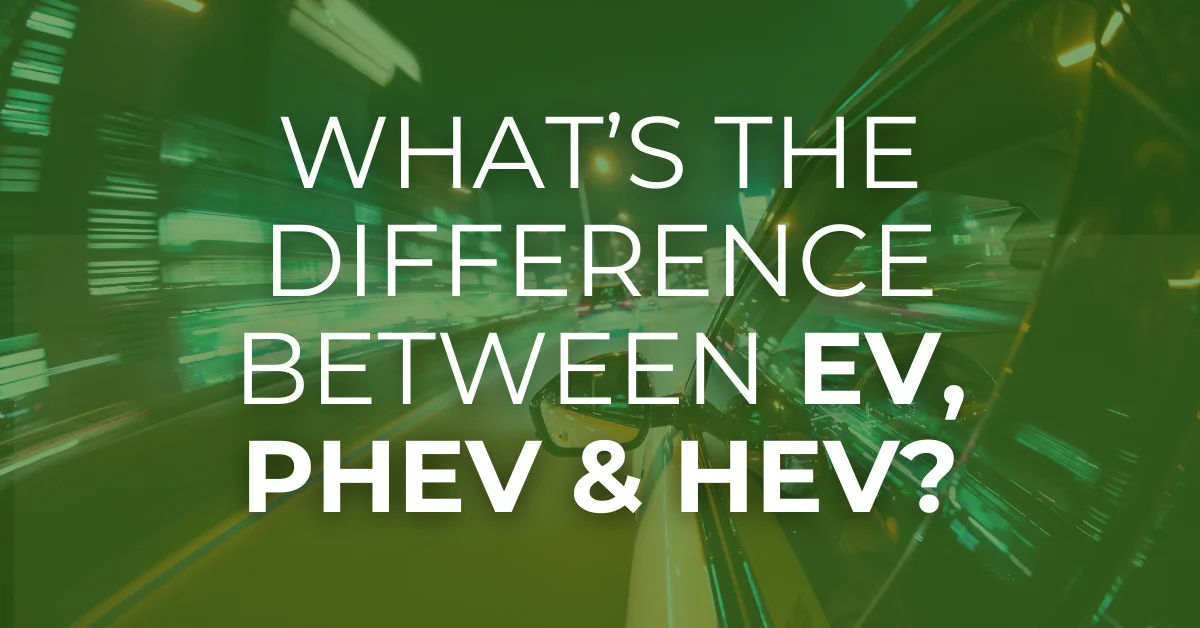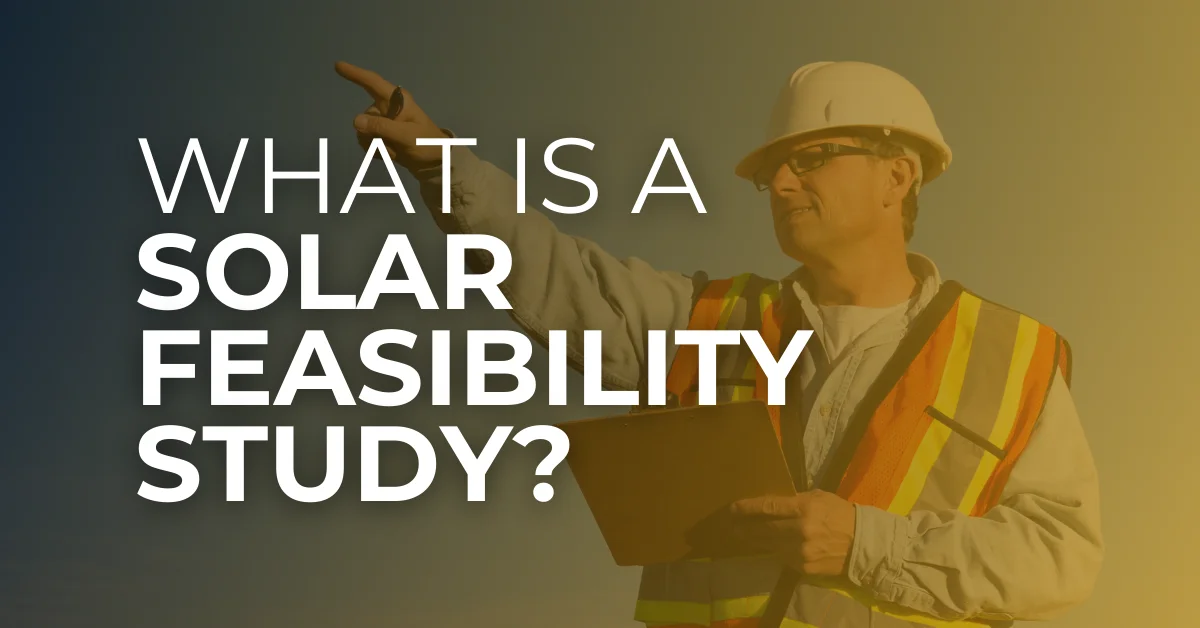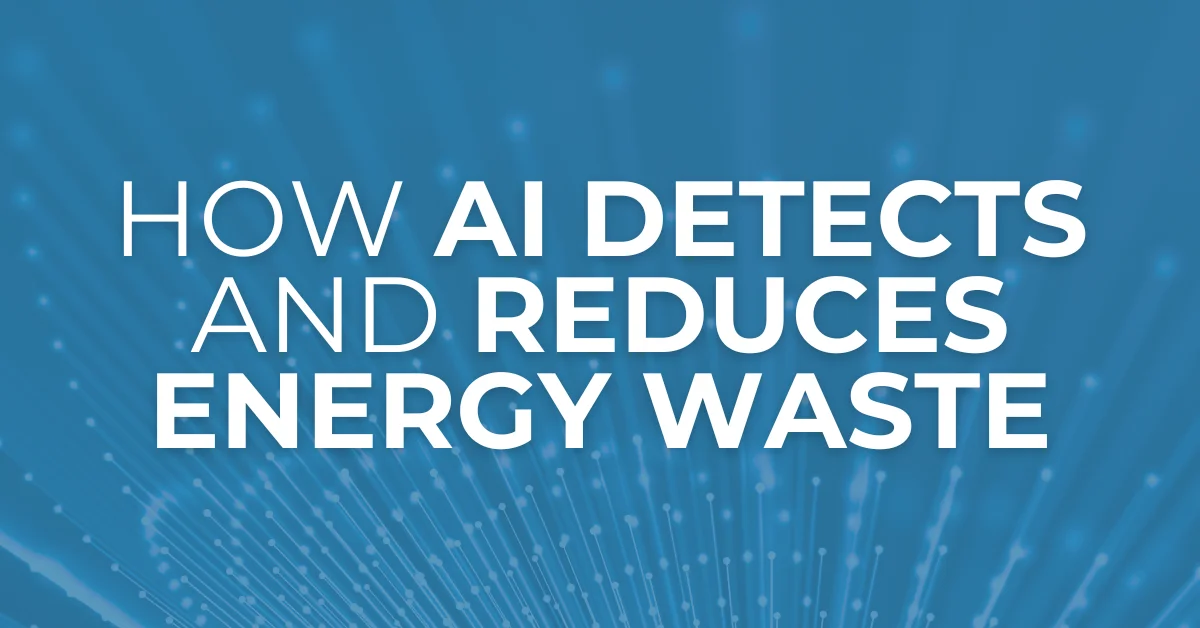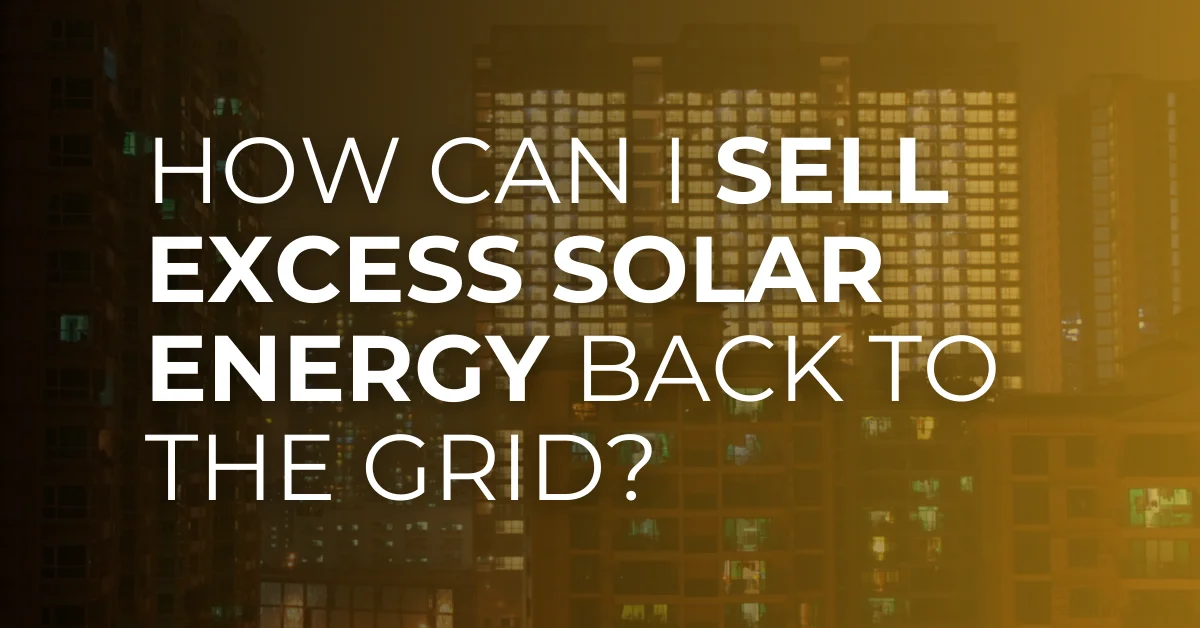What Is Solar Tracking?
Solar tracking is a smart way to make solar power systems more efficient. Unlike fixed solar panels that stay in one position, solar tracking systems adjust the angle of the panels to follow the sun throughout the day. This means the panels capture more sunlight, producing more energy.
In this blog, we’ll break down how solar tracking works, the different types, the benefits, and what to consider before investing in this technology. We’ll also explain why it’s becoming a go-to solution for renewable energy projects.
How Does Solar Tracking Work?
Solar tracking systems use motors and sensors to align solar panels with the sun’s position. These sensors detect the sun’s movement and guide the panels to tilt just right, maximizing sunlight absorption.
For example, in the early morning or late afternoon, when the sun is low in the sky, the system tilts the panels to face the sun directly—something fixed panels can’t do as effectively. This constant adjustment ensures you get the most out of every ray of sunshine.
Types of Solar Tracking Systems
There are two main types of solar tracking systems:
1. Single-Axis Trackers
These trackers move along one axis, either horizontally or vertically. They’re simpler and less expensive, making them ideal for large solar farms or utility projects where cost-efficiency is key.
2. Dual-Axis Trackers
Dual-axis trackers move on both horizontal and vertical axes, offering precise tracking of the sun’s position throughout the year. They’re more effective in capturing sunlight but come with higher costs, making them best suited for smaller or specialized installations.
Benefits of Solar Tracking
1. Higher Energy Output
Solar trackers can increase energy production by 15–25% with single-axis systems and up to 40% with dual-axis systems compared to fixed panels.
2. Better ROI
The additional energy produced leads to faster returns on investment. Businesses, in particular, benefit from reduced energy costs and potential revenue from surplus energy.
3. Optimized Land Use
Trackers make better use of available space by producing more energy per panel, which is especially useful for projects with limited land.
4. Year-Round Efficiency
Dual-axis trackers can adjust for seasonal changes, ensuring panels perform well regardless of the time of year.
Things to Consider Before Choosing Solar Tracking
While the benefits are impressive, there are a few challenges to keep in mind:
1. Higher Upfront Costs
Trackers cost more than fixed-panel systems due to additional equipment and installation complexity.
2. Maintenance Needs
Moving parts like motors and gears require regular upkeep, which can add to operational costs.
3. Weather Sensitivity
High winds, heavy snow, or storms may necessitate extra structural support for trackers, increasing costs and maintenance requirements.
4. Energy Usage
Trackers use a small amount of energy to operate their motors and sensors. Although minimal, this should be factored into overall efficiency.
Applications of Solar Tracking
Solar trackers are versatile and used in a range of settings:
- Utility-Scale Solar Farms: Trackers maximize energy gains, even with small efficiency improvements.
- Commercial and Industrial Sites: Businesses with high energy needs can benefit from the added output.
- Residential Installations: Although less common due to cost, trackers can be useful for homeowners with limited space or high energy demands.
- Specialized Projects: Dual-axis trackers are ideal for areas with extreme seasonal sunlight variations or for research purposes.
Is Solar Tracking Right for You?
Here are some key factors to weigh:
- Location: If your area gets lots of direct sunlight, tracking systems can significantly boost energy production.
- Budget: While trackers offer long-term savings, the initial investment might not fit every budget.
- Energy Goals: If you need to maximize energy output, trackers are a solid choice.
- Space: For projects with limited land, trackers can help you generate more energy in less space.
Final Thoughts
Solar tracking is a game-changer for renewable energy, offering increased efficiency, better returns, and smarter land use. However, deciding if it’s the right fit depends on your specific needs, location, and budget.
If you’re exploring solar tracking for your next project, Insight Distributed Energy is here to help. We’ll guide you from system selection to installation and beyond. Let’s make your renewable energy goals a reality—reach out to us today!




